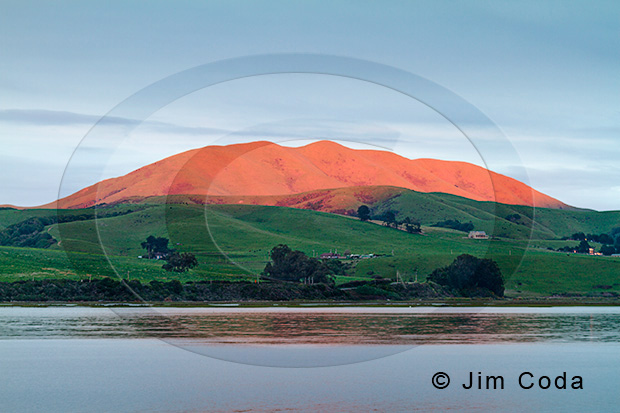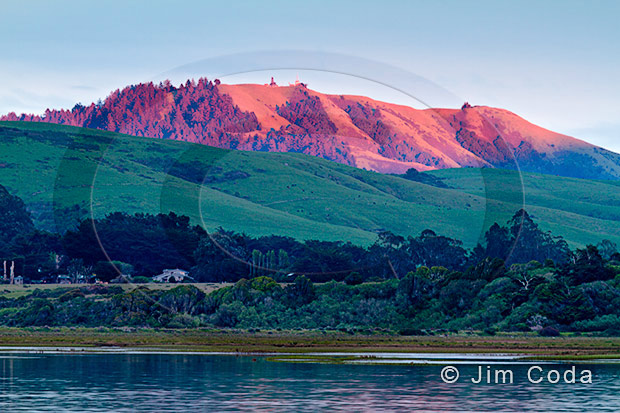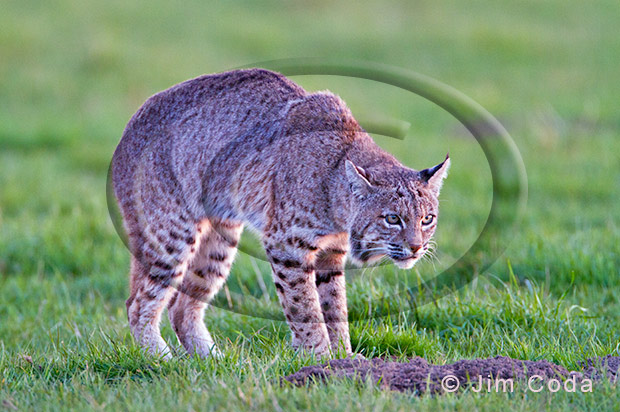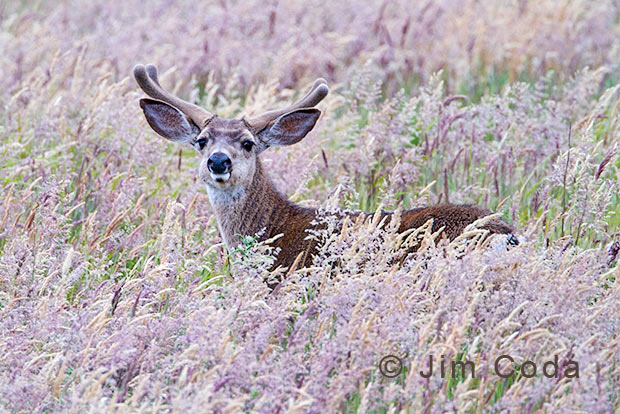Baling Twine, Point Reyes National Seashore

A few days ago I wrote about the dangers of baling twine to ospreys. This is what it looks like up close. I found it on the edge of the road on the way to the turnoff for Chimney Rock. I picked it up to properly dispose of it, but I took some photos first. It’s made of plastic and seems light as a feather. Given that it is used and has been coiled up, someone probably picked it up from a field and intended to dispose of it properly, but lost if from the back of a truck. It looks like there are about three or four separate pieces of twine.
It was interesting that I found it yesterday morning because I planned to go out Limantour Road to check on something and on the way I intended to check on some osprey nests in a canyon that runs up to the road. The two nests I had in mind were there and there was an osprey in each nest when I arrived. I spotted a nest farther out that also had an osprey in it. The osprey in the closest nest took off shortly after I parked my car in the little pull out.

This is the closest nest. It’s about 75 to 100 yards from where I parked. The other nests are even farther away. There didn’t seem to be any young in the nests. I didn’t see any baling twine in them either, which was good. The nests are not very close to the ranching areas of Point Reyes which lessens the chance that twine would get into them. Plus, I assume the Park Service has made an effort to educate the ranchers to the potential dangers of leaving twine in the fields if they didn’t know of the dangers already.
Update: after I drafted this post I went out to my car and pulled the stuff apart. There were five equal lengths. Each was roughly 20 feet long. It cuts easily using a scissors. It was very hard to cut with a box cutter. I gathered each piece so it was four strands wide and then cut it across five times so I ended up with roughly foot-long strands. It didn’t take long. I then put all the pieces into a medium size plastic bag which I tied at the top. The bag could have held several times more twine. If the bag winds up on the top of a landfill it shouldn’t pose a potential risk. I think if I were a rancher and had lots to get rid of I’d maybe skip the cutting and put it in large bags that were sealed closed. There may be ways to re-cycle it as well.
If you come across any of this stuff please pick it up and dispose of it properly.







